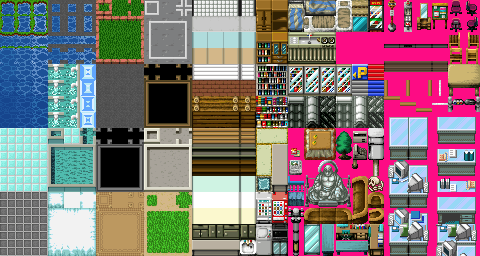

Enterbrain had no intentions of porting RPG Maker to Western markets, feeling that the user base was too small and niche to justify the expense. It’s a well-known issue that translating RPGs for foreign audiences is a lot of work. And people in the Western world started to get a little jealous. The games quickly built up a community of creators who started releasing projects to appreciative audiences. RPG Maker allowed prospective designers to tell those stories, hanging them on the basic frameworks of exploration and combat that propelled other games in the genre. The basic programming of most of these games was pretty simple, with much of the appeal coming from the storytelling. The entire genre can trace its DNA back to those original games, and it wasn’t long before a wealth of knockoffs started to hit the market. Yuji Hori’s Dragon Quest, for example, takes the first-person battle view directly from Wizardry but fuses a top-down field screen to make exploring more accessible, taken from the equally popular Ultima. Native developers were deeply inspired by the game. ASCII was the company tasked with translating the games for its MSX computer, and by the early 1990s, it was also developing spin-offs specifically for the Japanese market.


Taking the basic rules of Dungeons & Dragons and transplanting them into a rudimentary first-person view, it was a massive success in the United States and even bigger abroad. The history of role-playing computer games in Japan was sparked by one extremely influential Western import: Wizardry, the 1981 dungeon crawl created by a pair of CalTech students.
#Japanese rpg maker for mac how to#
How to Set Up Two-Factor Authentication.
#Japanese rpg maker for mac Pc#


 0 kommentar(er)
0 kommentar(er)
